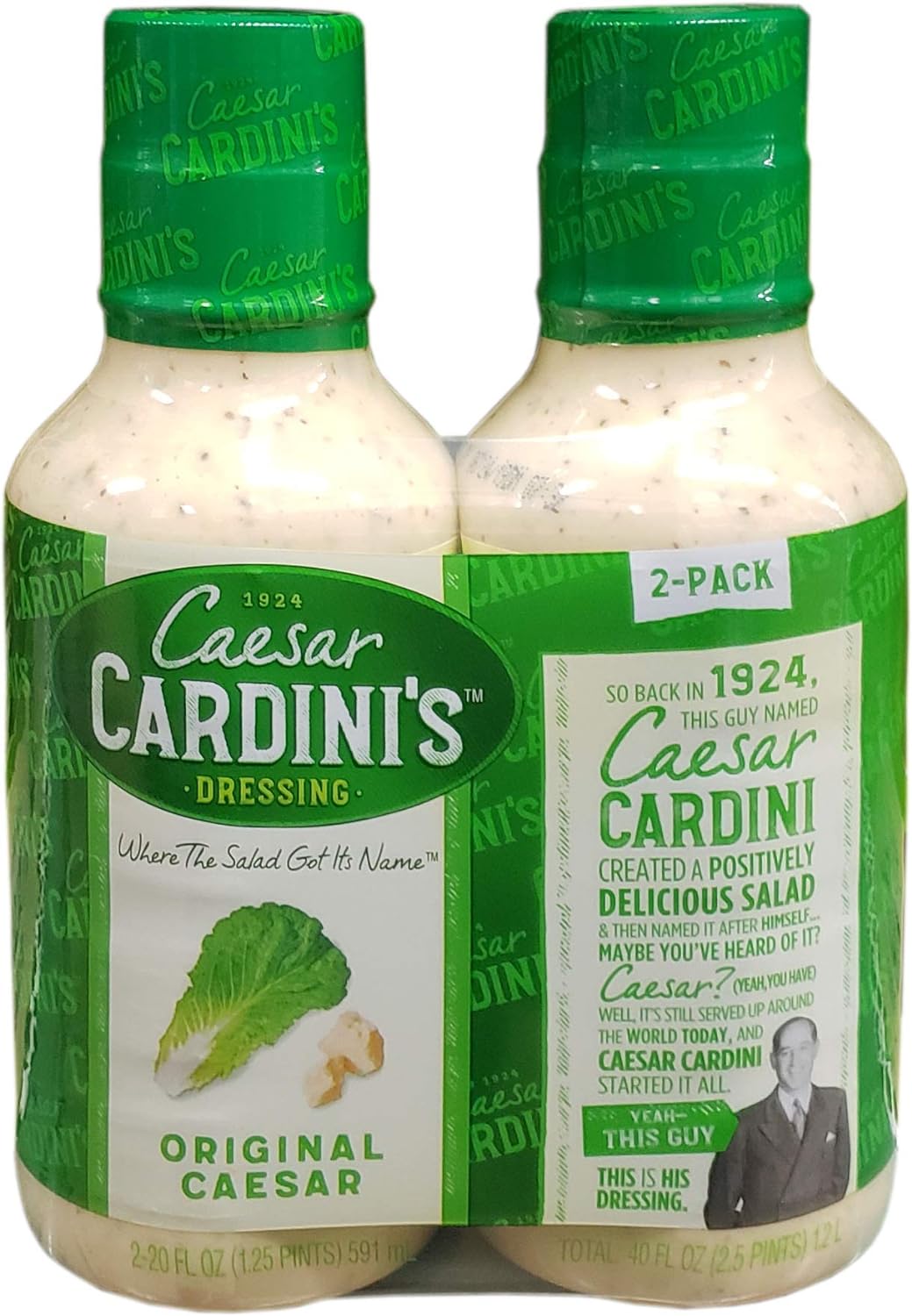Here’s some fun food trivia. This year marks the 100th anniversary of the Caesar salad. Created in 1924, the Caesar salad has become a staple on menus worldwide, but its origins are shrouded in mystery and conflicting stories. Here’s what you need to know about who invented the Caesar salad, and how it has changed over the years.
The Most Popular Caesar Salad Origin Story

The most widely accepted tale credits Italian-American restaurateur Caesar Cardini with inventing the salad. According to this version, Cardini concocted the dish on July 4, 1924, at his restaurant in Tijuana, Mexico. As the story goes, a Fourth of July rush depleted the kitchen’s supplies, forcing Cardini to improvise with the ingredients he had on hand.
Cardini’s daughter, Rosa, claimed that her father originally intended the salad to be a finger food. He used romaine lettuce, olive oil, raw egg, croutons, Parmesan cheese, and Worcestershire sauce. Interestingly, the original recipe didn’t include anchovies, which are now considered a key ingredient in many modern versions.
BTW, there’s an official Caesar Cardini salad dressing for sale on Amazon for $5.
Alternative Caesar Salad Invention Theories
However, like many culinary legends, the story of who invented the Caesar salad is not without controversy. Alternative stories suggest different creators:
- Alessandro’s Version: Some say Caesar’s brother, Alessandro, invented the salad, but Caesar took credit when Alessandro left to open his own restaurant.
- The Employee’s Claim: A more contentious version attributes the creation to Livio Santini, an employee at Caesar’s restaurant, who allegedly made it from his mother’s recipe.
These conflicting accounts add an air of mystery to the salad’s history, making it even more intriguing for food enthusiasts.
Evolution of the Caesar Salad

Over the past century, the Caesar salad has undergone numerous transformations. In April 2024, Chef Molly Baz told The Atlantic, “There’s been a lot of liberties taken, for better or for worse.” Modern incarnations often include ingredients that would be unrecognizable to Caesar Cardini, such as anchovies, mustard, and various herbs.
Some contemporary versions push the boundaries even further, incorporating ingredients like yogurt, zucchini, orange zest, pig ear, and Buffalo cauliflower fritters. While these creative interpretations may not resemble the original, they showcase the enduring appeal and versatility of the Caesar salad concept.
The Caesar Salad With Anchovies Debate

One of the most debated aspects of the Caesar salad is the inclusion of anchovies. While many modern recipes consider anchovies essential, Cardini’s daughter and other sources insist that the original recipe used only Worcestershire sauce for that umami flavor. The addition of anchovies likely came later as the salad evolved.
The Mysterious Origins of the Caesar Salad

Despite the uncertainties surrounding its creation, the Caesar salad has undoubtedly left an indelible mark on culinary history. Its journey from a last-minute improvisation in Tijuana to a global restaurant staple is a testament to its delicious simplicity and adaptability.
As we raise a fork to the Caesar salad’s centennial, we can appreciate not just its flavors but also the rich tapestry of stories that surround it. Whether you prefer the classic version or enjoy modern twists, the Caesar salad continues to captivate diners and chefs alike, promising to remain a beloved dish for generations to come.
NERD NOTE: Did you know that the Caesar salad might owe its existence to Prohibition? While the salad was created in Tijuana, Mexico, its inventor Caesar Cardini was actually based in San Diego. He opened his restaurant just across the border to attract American customers looking to enjoy alcoholic beverages, which were illegal in the U.S. at the time. So, in a strange twist of fate, America’s alcohol ban may have indirectly helped invent the Caesar salad!























 Death Valley Heatwave Sets New Temperature Record at 128 Degrees
Death Valley Heatwave Sets New Temperature Record at 128 Degrees
Leave a Reply
You must be logged in to post a comment.